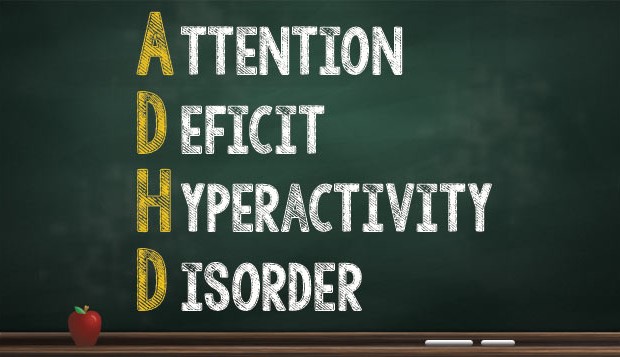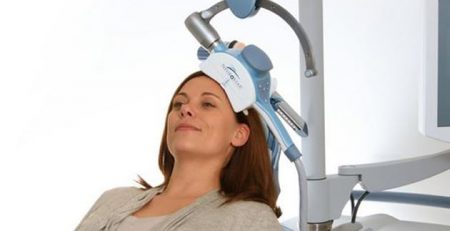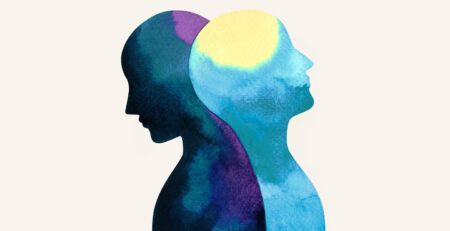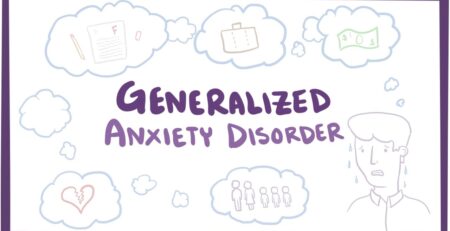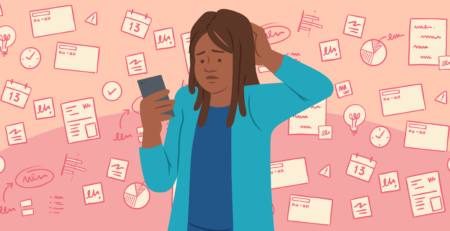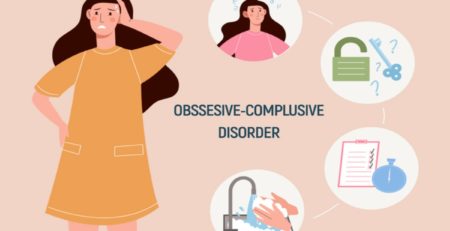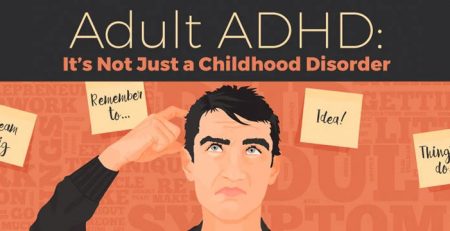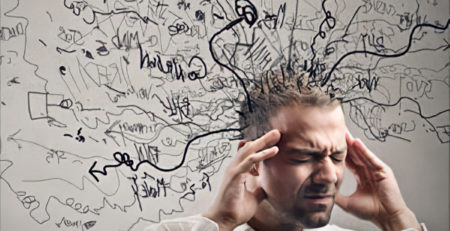ADHD – What You Need to Know
Have you ever complained about having a short attention span? Do you find yourself cutting talks or interrupting others? Have you ever found yourself pacing back and forth in a room with no reason at all? These signs and other similar to them are of a psychotic disorder called ADHD.
Attention-deficit/Hyperactivity Disorder (ADHD)is a neurobehavioral disorder and is most common among children. It is a condition that makes it difficult for a person to control his or her impulsive behaviors or pay attention. People, especially children, with ADHD constantly show symptoms of impulsivity, distractibility, hyperactivity, and inattentiveness.
ADHD affects all kinds of different aspects of a person’s lives. For example, some children face difficulty while concentrating on their studies or other tasks. On the other hand, some have trouble getting along with friends, teachers, and even parents.
Symptoms
One of the frequently asked questions relating to this condition is whether the condition is overdiagnosed. The point is problems like hyperactivity or short attention span are quite common among children, corresponding a child’s developmental age. Symptoms will only be taken as indicators of ADHD if their existence impairs, or have a negative effect on, a person’s functioning at home or at work or at school, whatever the case may be.
Generally, people also ignore the symptom and let the condition turn chronic. If someone is the youngest in the family, these signs are often ignored out of love. Parents and teachers’ thresholds of forgiveness for children is generally low and some of the visible signs of the condition are not taken into consideration when analyzing a child’s behavioral problems.
In such cases, it is important to rate a child’s ability to do certain things at school or at home or on a sports ground. This way will help determine the pattern that the child follows to grade the extent of the disease, or the existence thereof.
To identify whether someone has the disease, look for the following most common symptoms:
Symptoms of Inattention
- Easily distracted by irrelevant sounds or sights
- Fails to finish the work (school’s or household chores) in a timely manner
- Appears to be daydreaming
- Doesn’t listen to what others are saying
Symptoms of Hyperactivity
- Unable to stay seated
- Constant fidgeting with hands or feet
- Has trouble waiting in line or taking turns
- Grab things from people without intimation
Treatment
Since the condition is more common among children, it is parents that have to deal with the nitty gritty of the disorder. A majority of parents doesn’t seem comfortable in giving medicines to their children. Patients who receive therapy are often given a mild dose of medicines. A combination of both – therapy and medications – can also be chosen to help the patient recover from the disease, or be able to control the symptoms, in a short time.
The level of the treatment of the disorder depends on the severity of a person’s condition. And what is the best for the patient should be left to a medical practitioner.

